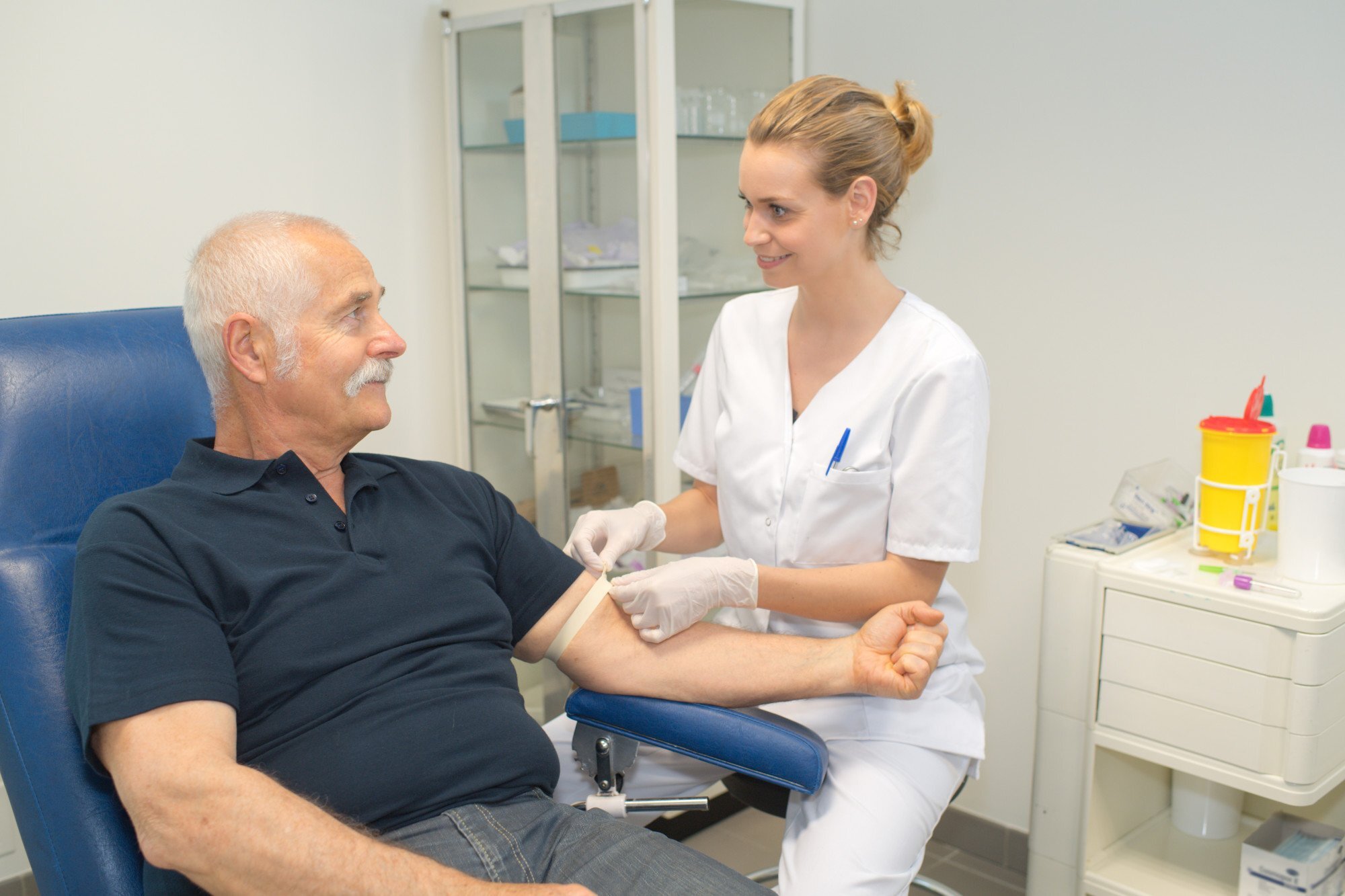The 7-Second Trick For Northeast Medical Institute - New Haven Campus Phlebotomy Course & Cna Class
The 7-Second Trick For Northeast Medical Institute - New Haven Campus Phlebotomy Course & Cna Class
Blog Article
Some Known Incorrect Statements About Northeast Medical Institute - New Haven Campus Phlebotomy Course & Cna Class
Table of ContentsTop Guidelines Of Northeast Medical Institute - New Haven Campus Phlebotomy Course & Cna ClassNortheast Medical Institute - New Haven Campus Phlebotomy Course & Cna Class Can Be Fun For EveryoneThe smart Trick of Northeast Medical Institute - New Haven Campus Phlebotomy Course & Cna Class That Nobody is DiscussingThe Greatest Guide To Northeast Medical Institute - New Haven Campus Phlebotomy Course & Cna ClassThe Best Strategy To Use For Northeast Medical Institute - New Haven Campus Phlebotomy Course & Cna ClassLittle Known Questions About Northeast Medical Institute - New Haven Campus Phlebotomy Course & Cna Class.
The use of such devices need to be accompanied by various other infection avoidance and control methods, and training in their use.For setups with low sources, cost is a driving factor in procurement of safety-engineered tools. Where safety-engineered gadgets are not readily available, knowledgeable usage of a needle and syringe is appropriate.
Among the vital pens of top quality of care in phlebotomy is the participation and cooperation of the individual; this is equally beneficial to both the health worker and the patient. Clear info either created or verbal should be readily available to each person that undergoes phlebotomy. Annex F provides sample message for explaining the blood-sampling treatment to a patient. labelling); transport conditions; interpretation of outcomes for professional management. In an outpatient division or facility, offer a committed phlebotomy workstation containing: a tidy surface with two chairs (one for the phlebotomist and the other for the patient); a hand wash basin with soap, running water and paper towels; alcohol hand rub. In the blood-sampling space for an outpatient department or clinic, provide a comfortable reclining couch with an arm rest.
Northeast Medical Institute - New Haven Campus Phlebotomy Course & Cna Class for Beginners
Guarantee that the signs for blood sampling are plainly specified, either in a written method or in recorded instructions (e.g. in a lab kind). In all times, comply with the strategies for infection avoidance and control provided in Table 2.2. Infection prevention and control techniques. Collect all the devices needed for the procedure and area it within safe and simple reach on a tray or cart, making sure that all the items are clearly noticeable.
Present on your own to the patient, and ask the patient to specify their full name. Inspect that the lab type matches the client's identification (i.e. match the individual's details with the lab type, to ensure precise identification).
Make the client comfortable in a supine placement (ideally). Location a clean paper or towel under the client's arm. Talk about the examination to be done (see Annex F) and acquire spoken approval. The patient has a right to decline an examination at any moment before the blood tasting, so it is very important to ensure that the individual has understood the treatment.
Facts About Northeast Medical Institute - New Haven Campus Phlebotomy Course & Cna Class Uncovered
Expand the patient's arm and check the antecubital fossa or forearm. Find a vein of a good dimension that is noticeable, straight and clear.
DO NOT insert the needle where veins are drawing away, due to the fact that this raises the possibility of a haematoma. The capillary needs to show up without applying the tourniquet. Locating the capillary will help in figuring out the right dimension of needle. Use the tourniquet concerning 45 finger sizes above the venepuncture site and re-examine the capillary.
Specimens from main lines bring a danger of contamination or erroneous laboratory test results. It is appropriate, however not optimal, to draw blood samplings when very first presenting an in-dwelling venous gadget, prior to linking the cannula to the intravenous liquids.
All about Northeast Medical Institute - New Haven Campus Phlebotomy Course & Cna Class
Failing to enable enough call time raises the threat of contamination. DO NOT touch the cleaned site; in specific, DO NOT position a finger over the vein to assist the shaft of the revealed needle.
Ask the person to create a hand so the blood vessels are more popular. Enter the vein promptly at a 30 level angle or less, and remain to present the needle along the blood vessel at the easiest angle of access - CNA Courses. When sufficient blood has been collected, launch the tourniquet prior to taking out the needle
Not known Details About Northeast Medical Institute - New Haven Campus Phlebotomy Course & Cna Class
Take out the needle Resources carefully and apply mild stress to the website with a tidy gauze or dry cotton-wool sphere. Ask the patient to hold the gauze or cotton woollen in area, with the arm extended and increased. Ask the individual NOT to bend the arm, due to the fact that doing so triggers a haematoma.

The 15-Second Trick For Northeast Medical Institute - New Haven Campus Phlebotomy Course & Cna Class
Do not push the syringe bettor because extra pressure boosts the risk of haemolysis. Where feasible, maintain televisions in a shelf and relocate the shelf towards you. Infuse downwards right into the appropriate coloured stopper. DO NOT remove the stopper since it will certainly launch the vacuum cleaner. If the example tube does not have a rubber stopper, inject very gradually right into the tube as reducing the pressure and speed utilized to move the specimen decreases the threat of haemolysis.

Report this page